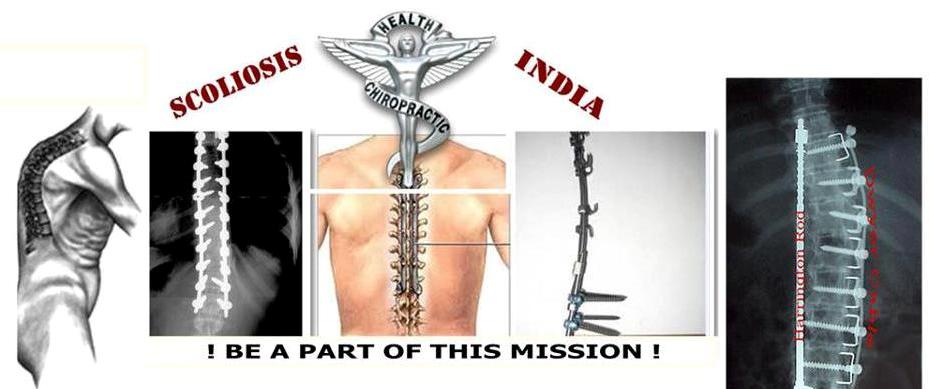Healthcare innovation and delivery in the United States is
designed to meet rigorous quality standards while promoting cutting-edge
technology for better outcomes. However, this care isn't always the
most economically effective or scalable in all situations.
Whether delivering care in Africa or China, a small community
hospital or underserved inner-city facility, surgeons face providing
care for both simple and complex cases without the most advanced
technology available. Yet, they still aim to deliver good outcomes. And,
now as more emphasis is placed on cost-effectiveness, providers across
the country are looking to these places to "do more with less," which
was the topic of the presidential address Steven Glassman, MD, gave at the Scoliosis Research Society annual meeting earlier this year.
Here are eight key concepts from the speech:
1. Collaborate on research and spread effective ideas.
Simply safe and effective treatment could be the best option for
patients, and worldwide collaborative research efforts like the
Scoli-Risk trial, performed in conjunction with AOSpine and the
Pediatric Orthopaedic Society of North America, is spreading knowledge
about complex scoliosis care around the globe for safe and effective
treatment.
2. Find scalable solutions that could treat a wide range of spinal deformity patients. There are several places in the world where computer navigation, intraoperative imaging technology and X-rays aren't available and pedicle screws are limited. Physicians and surgeons in these areas reserve surgery only for those who need it most and are looking for other, scalable solutions to reach the majority of their patients. Additionally, braces aren't always available or possible for people to wear in local weather.
3. Nonoperative and less interventional treatment needs a culture change. Many surgeons dismiss exercise therapies for spinal deformity patients because there isn't much scientific research or evidence on effectiveness. The evidence base is currently limited, but used in some places where it's among the only options. "In the past, surgeons have not really seen generating evidence regarding exercise treatment for scoliosis as an SRS responsibility," said Dr. Glassman. "Perhaps that attitude needs to change."
4. Even as technology advances, remember the basics. Complex issues and procedures are exciting and can test the experienced surgeon, but don't forget to bring passion and excitement into teaching the simple and routine assessments and principles for scoliosis and deformity care.
5. Integrate advanced capabilities with basic care. Dr. Glassman cited the Ganga Hospital in India as an example of combining basic science and clinical research with managing complex surgical pathology. The surgeons deliver care including using Luque wire constructs to correct "relatively severe" spinal deformity.
6. Help the patient return to a productive member of society. The Ganga Hospital specialists also developed a postsurgical care and spinal cord rehabilitation program to give laborers who undergo surgery retraining and education for the future. The program also provides assistance for families. "This has not been seen as a traditional responsibility for spine surgeons, but in their patient population it is perhaps the most critical element in determining ultimate functional outcome," said Dr. Glassman.
7. Promote Moore's law with new innovation and device company relationships. As Intel's founder, Gordon Moore operated from the assumption that computer chips would become twice as fast but less expensive every few years. Spine technology has not followed that principle — it often becomes either more complicated and/or more expensive with new developments — but "we should aspire to that goal," said Dr. Glassman.
8. Optimize clinical decision making. One of the
best ways to achieve better quality and more cost-effective care is to
just make better clinical decisions. This includes patient selection,
procedure selection, technology selection and patient preparation.
Source: Becker's Spine Review, 31st Dec 2014
Source: Becker's Spine Review, 31st Dec 2014

No comments:
Post a Comment